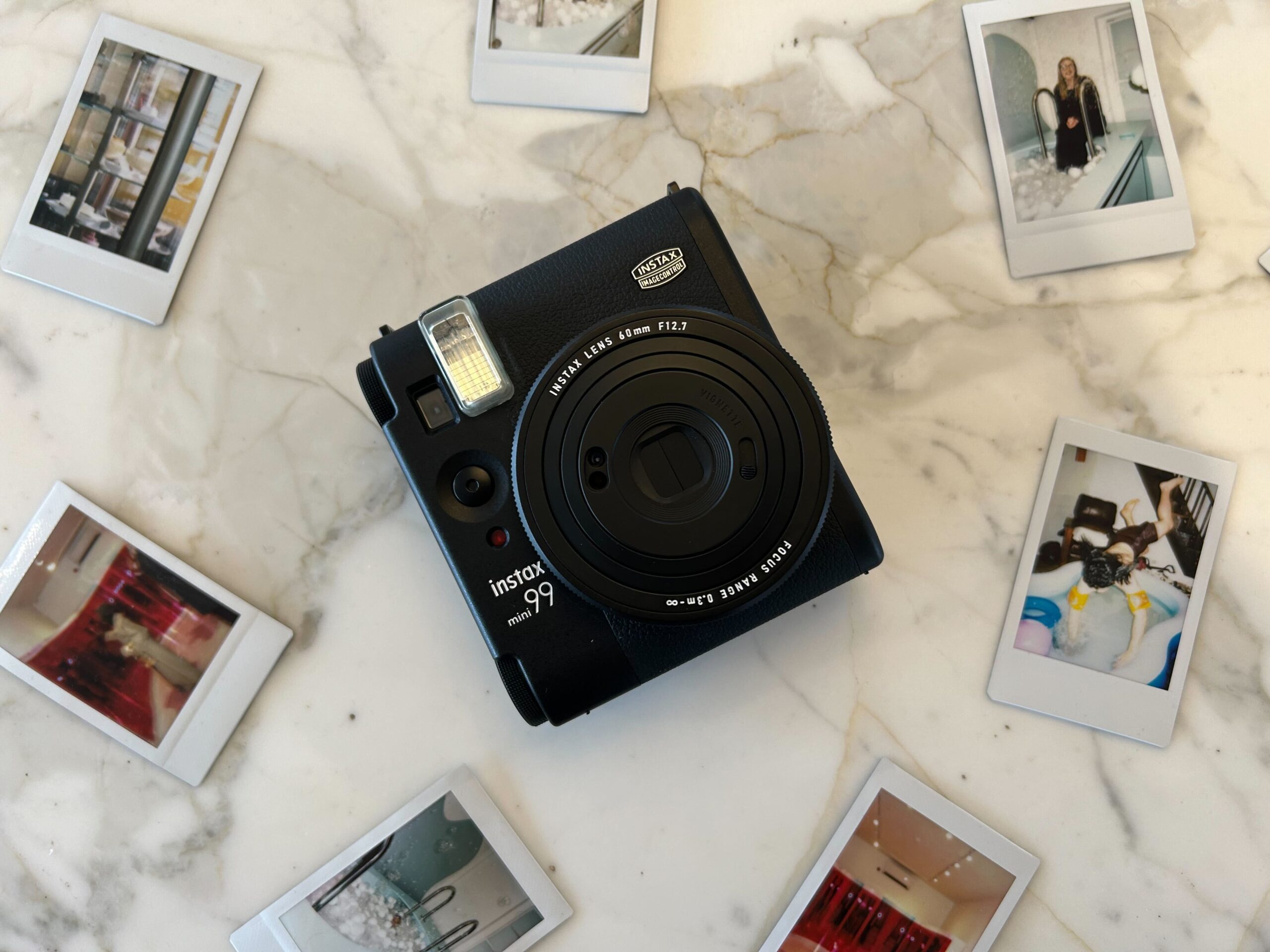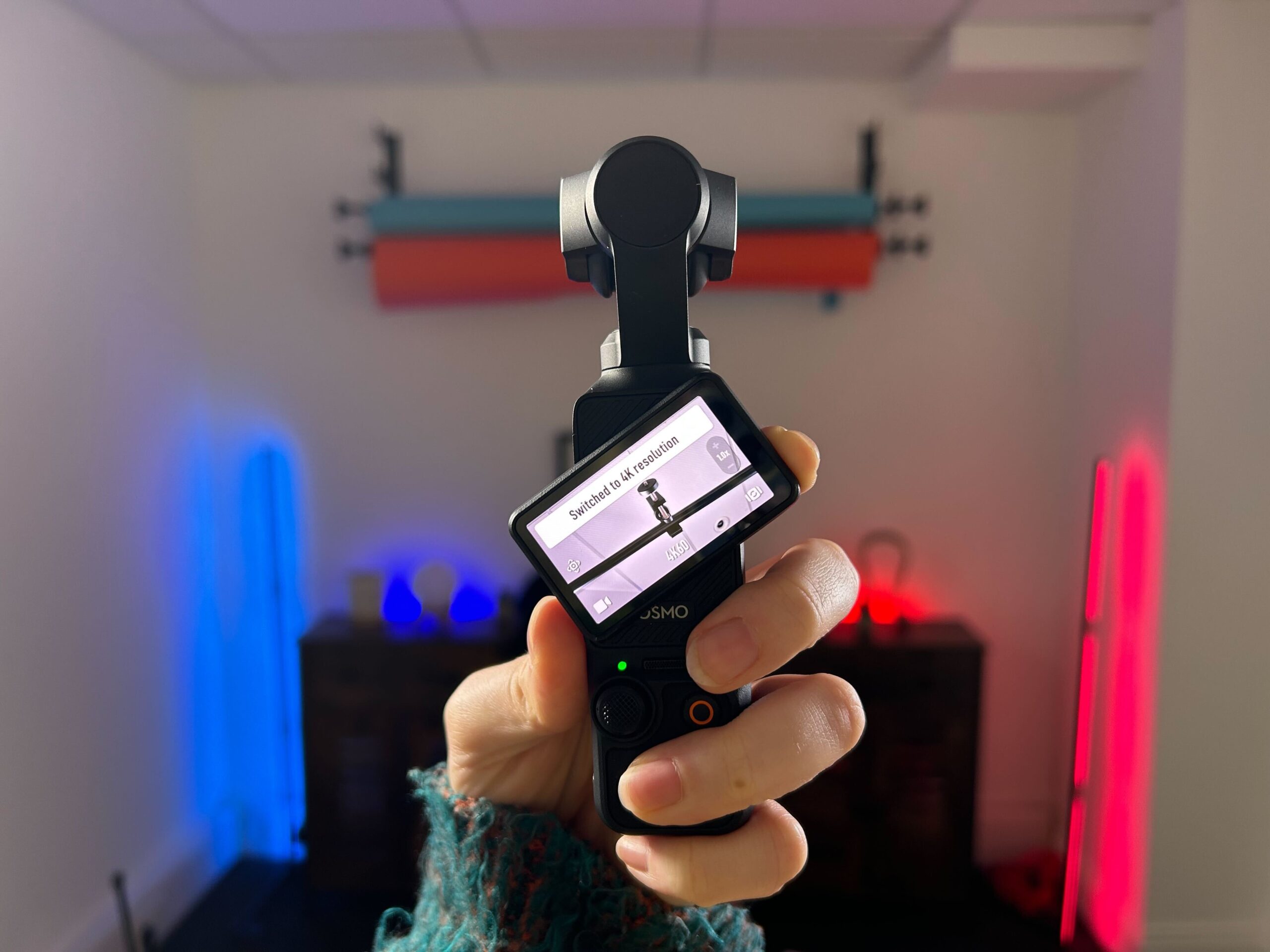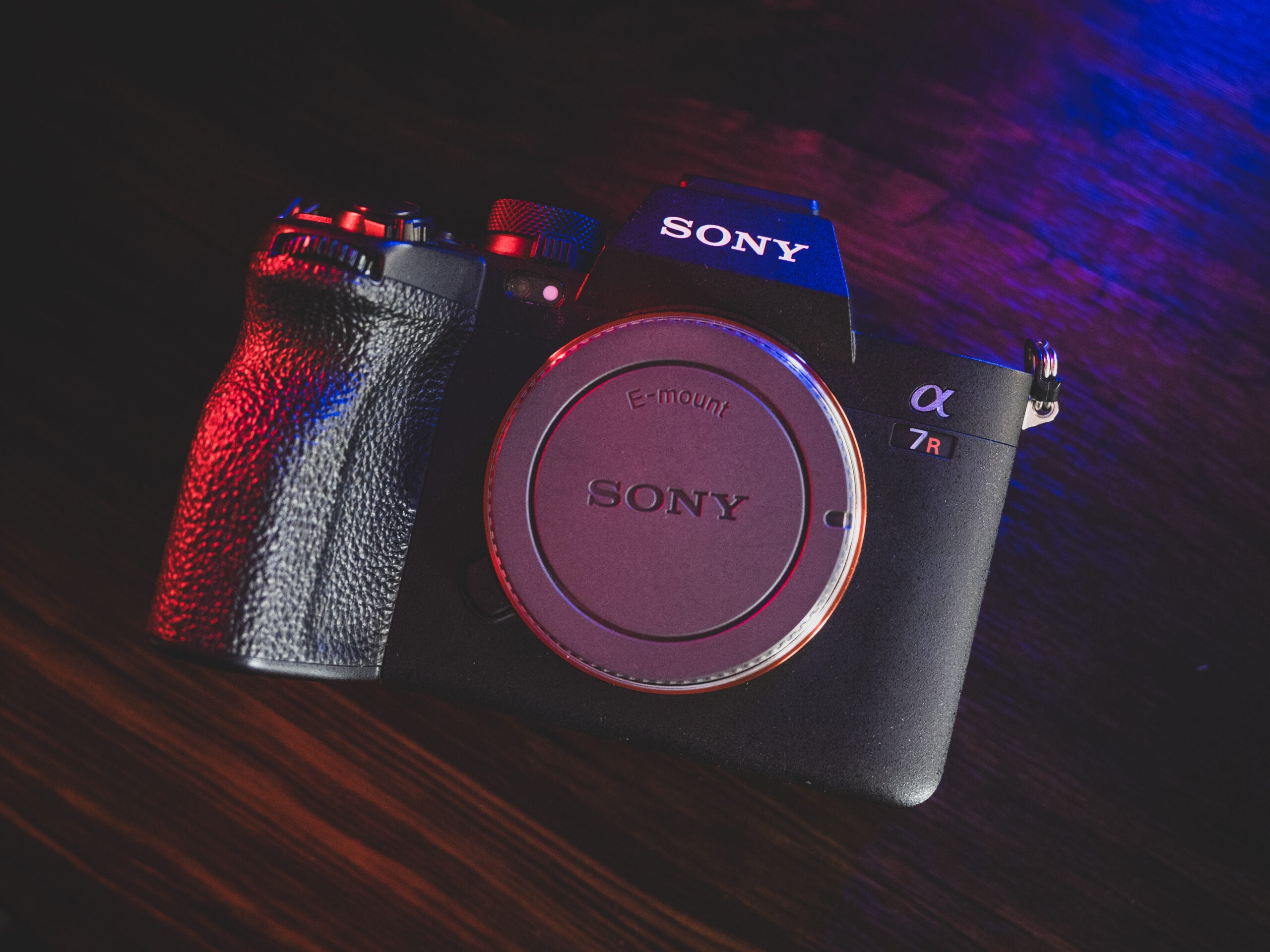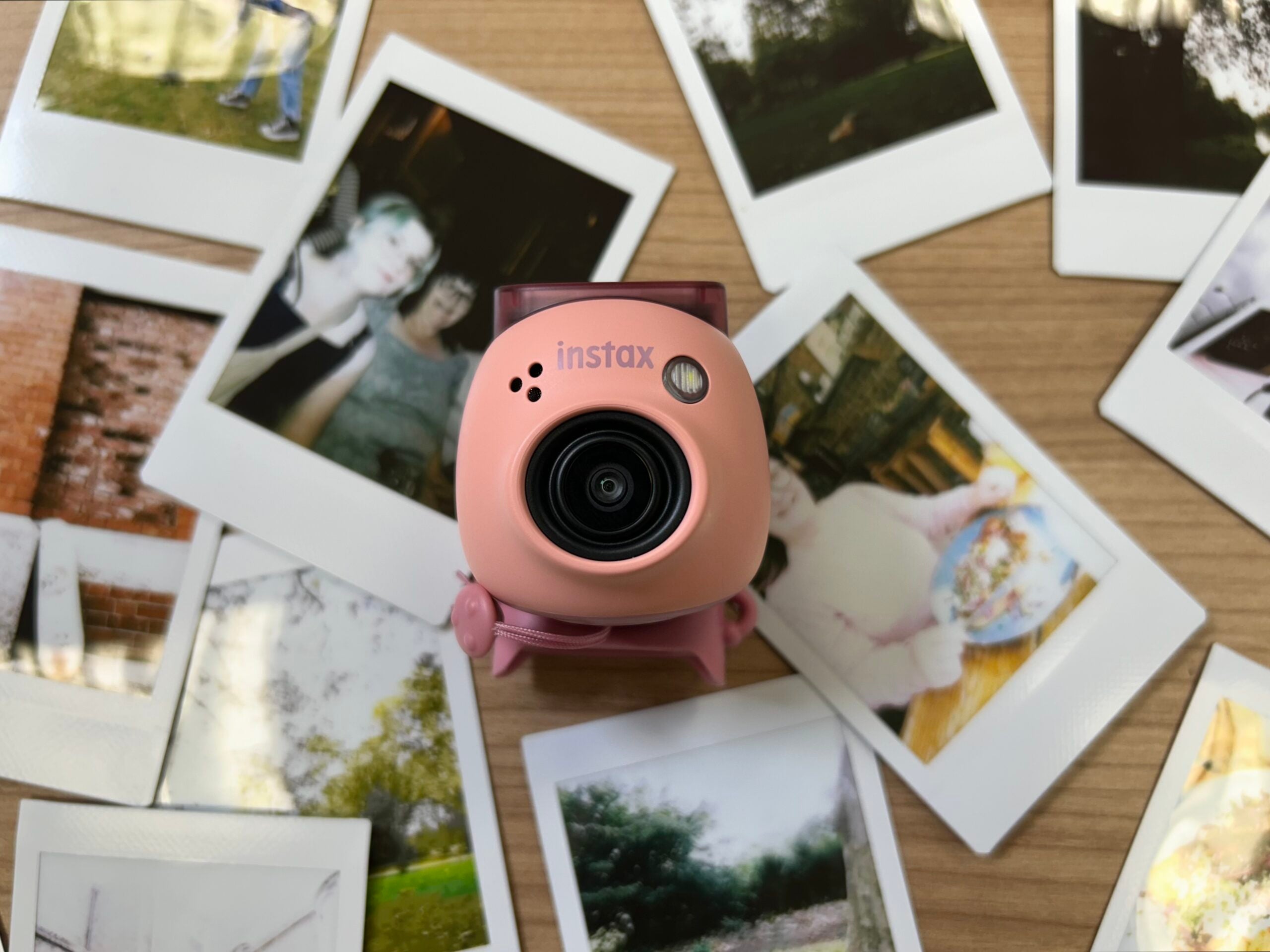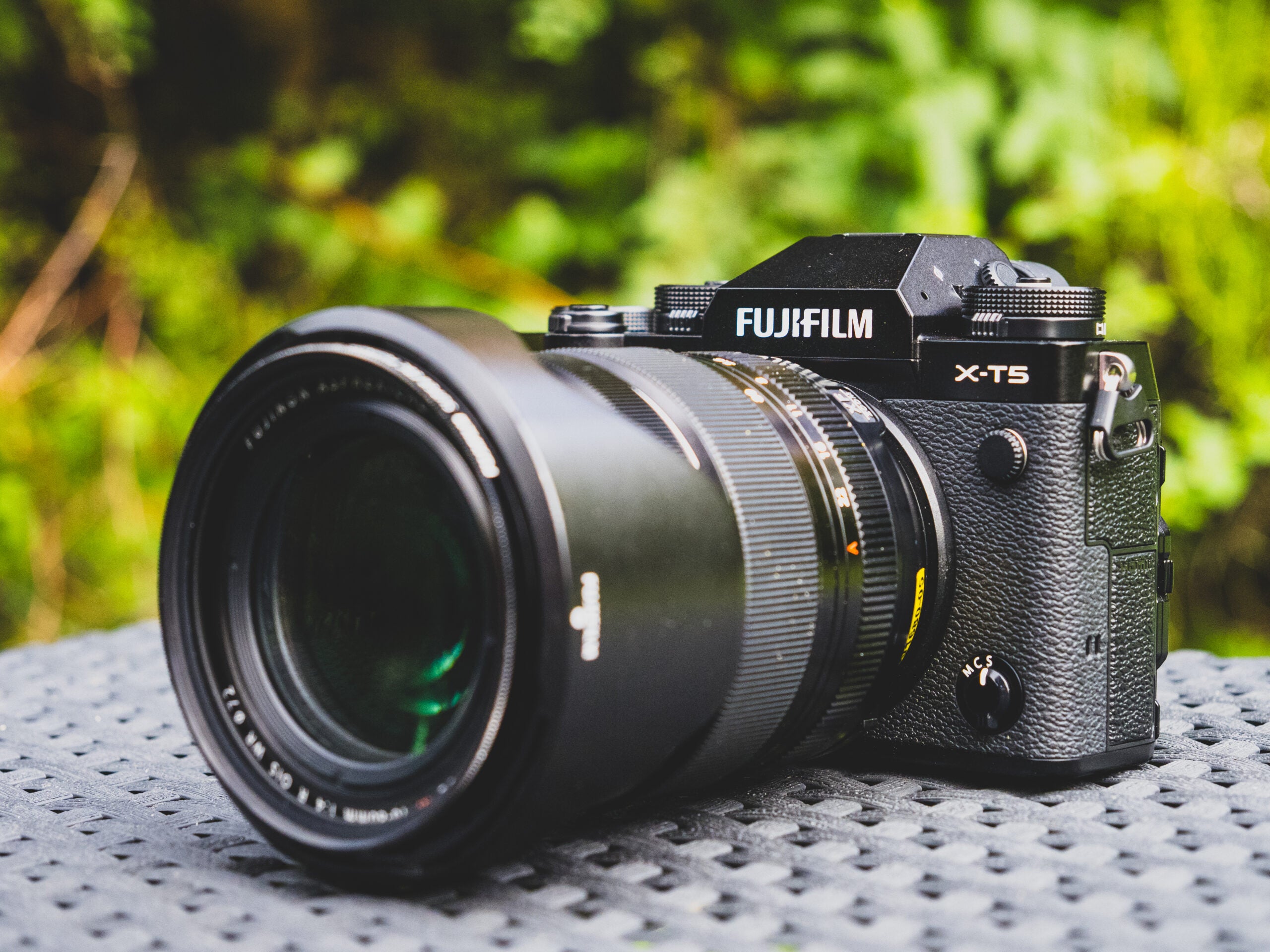Nikon Z7 Review
One of the best cameras Nikon has ever made
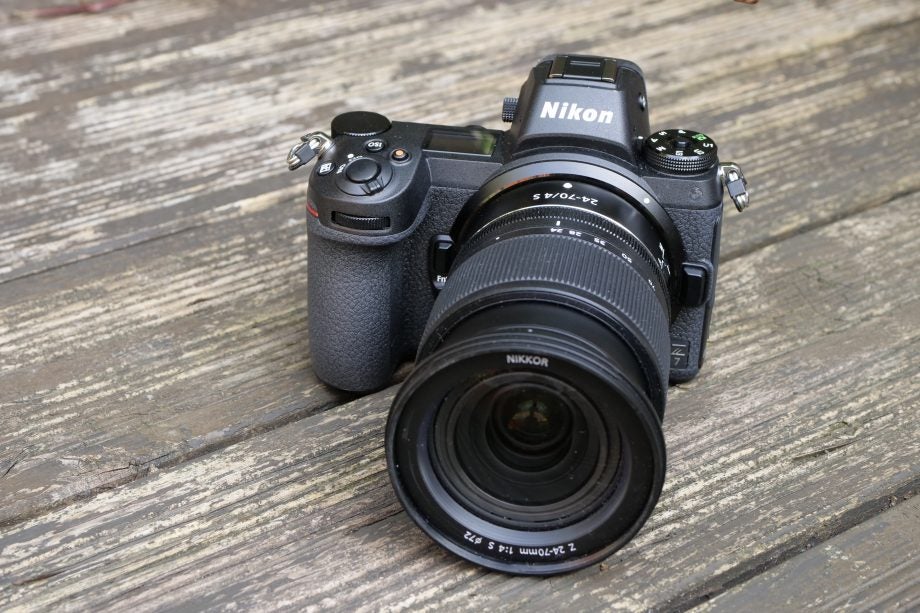

Verdict
At launch, this was one of the finest cameras Nikon has ever made and a genuine alternative to Sony’s A7R III, the Z7 more than exceeded our expectations of its first full-frame mirrorless camera.
Pros
- Superb, DSLR-like handling
- One of the best electronic viewfinders around
- Extremely detailed, sharp images
- In-body image stabilisation for handheld shots
- Intuitive touchscreen interface
Cons
- Only one XQD card slot
- Screen doesn’t fully articulate
- Average battery life
- Limited range of native lenses at launch
Availability
- UKRRP: £3399
Key Features
- Full-frame sensor45.7-megapixel CMOS sensor
- Autofocus493-point hybrid AF system
- Wide ISO range64-25600
- Burst mode9fps continous shooting
- 3.2-inch display2100K-dot touchscreen
Introduction
When the Nikon Z7 launched back in 2018 it wasn’t only an incredibly high-resolution camera, but it was also one of two releases that marked Nikon’s first foray into the full-frame mirrorless camera space.
The Z7 launched alongside the Nikon Z6, offering a similar design but with some differentiation in the specs. This included a higher-resolution 45.7-megapixel sensor and a superior 493-point AF system compared to the Z6, making the camera ideal for landscapes, weddings and still life photography.
The Z6, meanwhile, appealed to enthusiasts due to its much more affordable price point.
At launch, the Nikon Z7 drew comparisons to the more established 42.4-megapixel Sony A7R III. However, five years have passed since these cameras first went head-to-head. Sony’s latest A7R V now sports a 61-megapixel sensor, while Nikon has chosen to stick with the same 45.7-megapixel sensor for the Z7’s successor, the Nikon Z7 II.
However, that doesn’t mean the Z7 and the Z7 II aren’t still incredibly strong performers. In fact, when the Z7 first launched, we called it one of the best cameras Nikon has ever made. Keep reading to learn more about our experience with the camera.
Design and handling
First, the big question – will you be happy moving to the Z7 from a DSLR? For most people, the answer is yes – Nikon has basically designed a slightly miniaturised DSLR. In fact, it might not even be considered that miniature if you’re used to using one of Nikon’s smaller, entry-level type bodies.
Making the decision to keep the Z7 nice and chunky means that it feels both reassuringly weighty and well-built in the hand. We’re told it’s constructed to the same tough standard as the Nikon D850, so it should withstand a shower or two, as well as the odd knock or scrape.
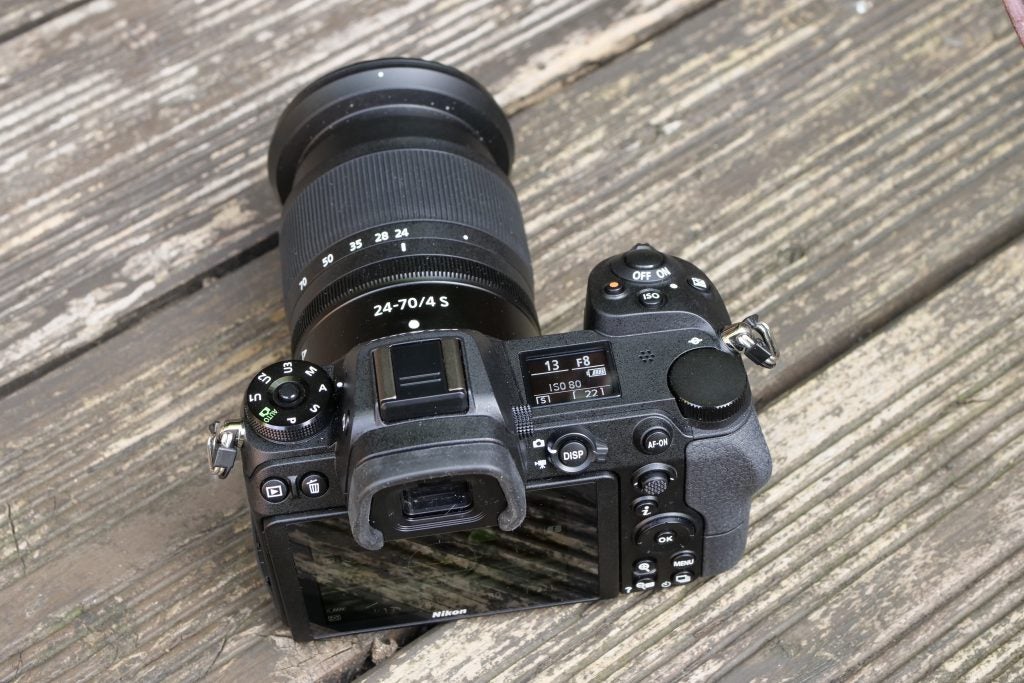
The Z7 is also a little larger than its closest rival, the Sony A7R III. The upshot of that is that the buttons feel much better spaced and are individually larger than on the Sony, resulting in a much less cramped feeling that you often get when shooting with an A7 series camera.
There’s a deep grip, while the array of buttons surrounding will again be familiar to anybody who has used a Nikon DSLR. There’s the familiar feel of a dual control dial at the front and rear of the grip to adjust shutter speed and manual, while a joystick at the back can be used to shift the focus point around the frame, or move through menus.
To take a shortcut to certain features, you hit the “i” button and either use the physical buttons or tap the screen to make changes. Rounding off the button set is a navipad, menu button, drive mode button, magnification buttons, an AF-On button (useful for back-button-focusing), and a display button. All but the playback and delete buttons are grouped on the right hand side of the body.
Move back to the camera’s top-plate and you’ll see a mode dial, which is relatively simple to use. You’ve got all your semi-automatic and manual modes, as well as a fully-automatic mode and room for custom groups of settings. Whether the pros that this is aimed at will want to use a fully automatic mode is questionable, but at least it means that anybody can pick it up and start shooting straight away.
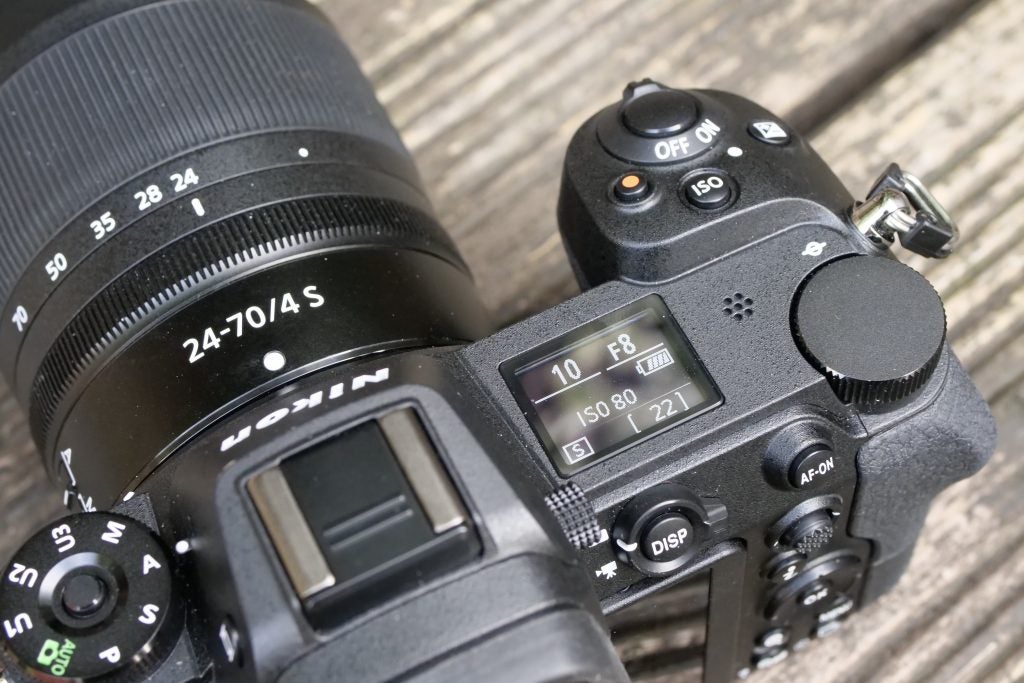
Additionally, there’s a top-plate LCD where you can view all the main settings, such as shutter speed, ISO, remaining space on the memory card, and so on.
Speaking of memory cards – now for the controversy. The Z7 is packing just one memory card slot, and it’s XQD. Not only is that bad news for anybody who wants to use a second slot for backup or overflow, but XQDs are also not the cheapest to buy, especially considering you’ll probably want to buy a reader too.
For now, at least, anybody buying a Z7 will be furnished with a free XQD card. There is good reason for choosing this format – it’s faster than SD, and some would say, it’s more robust too. When you’re talking about shooting quickly at super high resolutions, speed is most definitely what you need. Expect to see lots of complaints from naysayers, though.
The camera’s successor, the Z7 II, has gone even further to include two memory card slots. That’s one for SD cards and another for XQD and CFexpress cards.
Screen and Viewfinder
This being a mirrorless camera, the Z7 has a 3.6-million dot viewfinder, with 0.8x magnification. It’s quite simply one of the best electronic ones on the market, and should even be enough to convince the most fervent optical die-hard that electronic is the way forward.
The ‘finder is joined by a 2.1-million dot, tilting touchscreen. The tilting mechanism is handy for composing from awkward angles, and comes into play when shooting discreet, street-type shots.
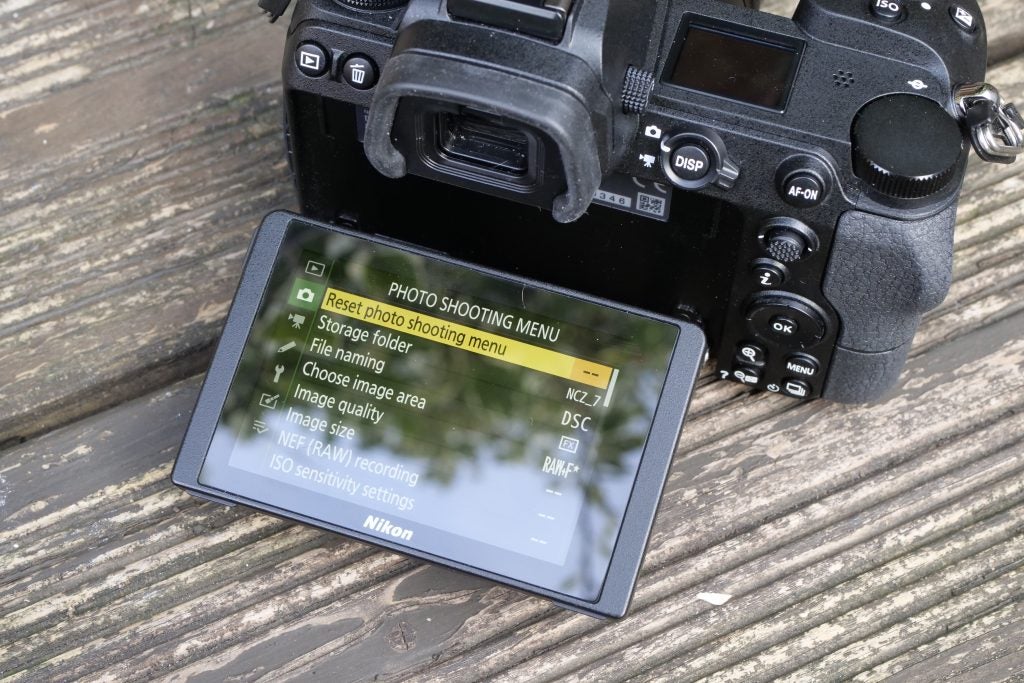
The screen’s touch sensitivity has clearly been very well thought through too, unlike Sony’s A7 III offering. Not only can you set the focus point and fire off the trigger via a tap of the screen, but you can also use it to navigate around the quick and full menus, as well as swipe through images in playback and tap to display an enlarged view of the scene.
Some may complain that the screen doesn’t fully articulate – or use a clever pivot design like the Fuji X-T series, as a tilting screen is redundant if you want to shoot portrait format. But tilting is better than nothing and in some situations is quicker and less awkward to use. Which you prefer is likely to be down to your individual preference, but it’s unlikely to be a deal-breaker either way.
Image quality and performance
With a setup that is very similar to the Nikon D850, we were hoping to be met with superb images and excellent focusing from the Z7.
Happily, on the whole we have not been disappointed. Images are extremely detailed, show great colours and, especially when using the new S series lenses, very sharp indeed.

In our lab tests, the image detail naturally lowers as the ISO is raised, but it remains higher than most other cameras on the market. Even at ISO 12,800, resolution is at the highest you’ll get from a 24-megapixel camera. The Z7 performed admirably in our noise tests too, with its ISO 1600 images almost as good as its incredible, noise-free shots at the base ISO 64 setting.
Most of the time focusing is quick and accurate, but when using the tracking autofocus option (found in the Auto-area AF option), it struggles ever so slightly to keep up with erratic and fast-moving subjects. In fact, we’ve found its cheaper brother, the Nikon Z6, to be slightly better at tracking speedy subjects. Needless to say, the Z7 won’t be causing the Sony A9 any sleepless nights, but then again, the Z7 is not really designed as a sports and action camera.
Instead, you tend to get better results from using continuous focus with either Single Point or Wide-area AF selected, something which is easier to do with relatively predictable sports or action.

Leaving the Z7 in matrix metering mode results in well-balanced exposures in all but the most challenging of high-contrast scenarios. Automatic white balance does well when shooting under artificial light, but it can be a little on the cool side in daylight or overcast conditions – switching to a white balance preset of your choice is a good way to get around that.
One of the most important advantages the Z7 brings over something like the D850 is the addition of in-body image stabilisation. This works very well with the native lenses, as well as F-mount lenses via the adapter, to help you shoot handheld and still be left with sharp shots – a real bonus for low-light and telephoto work.
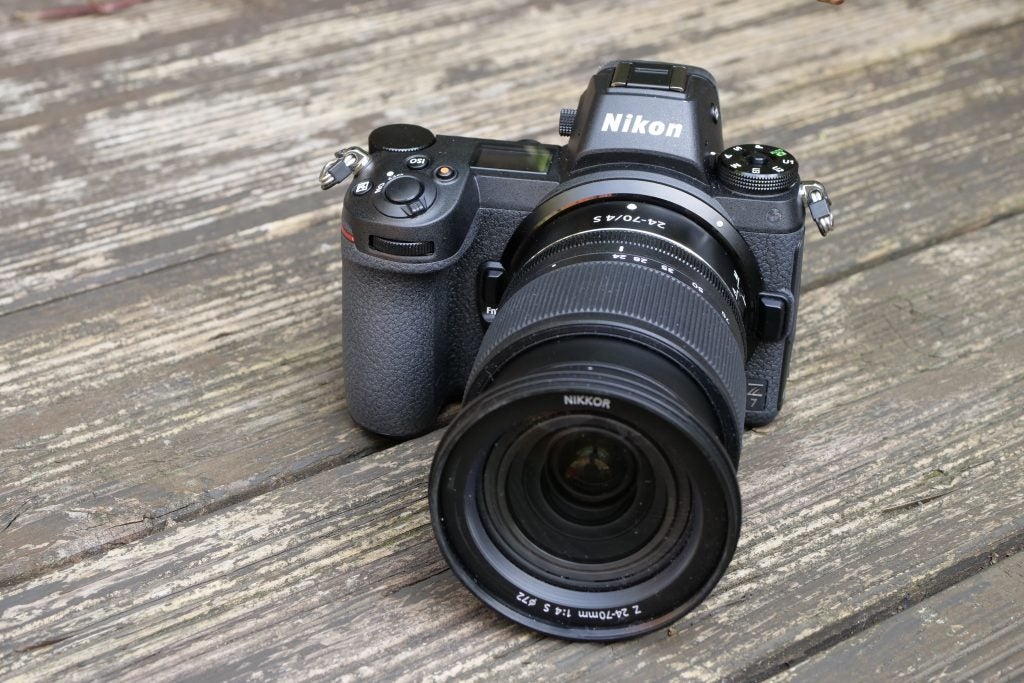
Battery life is a bit more standard – the Z7’s CIPA rating is 330 shots from charge, though it’s fair to say that’s a little conservative. During my testing I filled a 32GB card and it only went down to 71%. For most enthusiast users it should last a day, but pros should definitely invest in at least one spare battery (which will set you back £69.99).
Handily, the battery can be charged in the camera via a USB-C charger, though this won’t work if you’re using an old EN-EL15a battery from an existing camera.
Latest deals
Should you buy it?
You want a high-resolution mirrorless camera: The Z7 was a brilliant first step for Nikon’s full frame mirrorless line-up.
You need multiple card slots: If you’d like a second card slot (and a more up-to-date offering), you should check out this camera’s successor, the Nikon Z7 II.
Final Thoughts
When we first reviewed the Z7, it was one of the best high-resolution, full-frame cameras you could buy. Rather than attempting to protect its DSLRs, Nikon went all-out to make a professional mirrorless camera that felt like a traditional Nikon – and in most ways, it succeeded.
If you’re an existing Nikon DSLR owner – especially one who owns a higher-end model like the D850 – you’ll be able to pick up the Z7 and use it in almost exactly the same way that you’re used to. That makes it very appealing for those who are keen to pick up all the advantages of a mirrorless model, but are a little cautious about making the transition.
Nikon has since come out with a newer model, the Z7 II, along with the high-end Nikon Z9. Both options come with high-resolution sensors, advanced autofocus systems and dual card slots with CFexpress support, though the Z9 includes a stacked sensor and 8K video support. It also comes at twice the cost.
It’s true that for amateur improvers, the Z6 and the Z6 II are far more suitable Nikon mirrorless options. In many ways, the Z7’s chassis is more suitable for keen amateur photographers, particularly with that single card slot and slightly limited battery life.
Still, one card slot aside, this is close to being the perfect first step in what has since become the future for Nikon and its rivals.
How we test
We test every camera we review thoroughly. We use set tests to compare features properly and we use it as our main device over the review period. We’ll always tell you what we find and we never, ever, accept money to review a product.
Used the camera for an extended period of time
Captured both photos and video
FAQs
Yes, the Nikon Z7 has a full frame sensor.
The camera weighs 675g including the battery and memory card.

